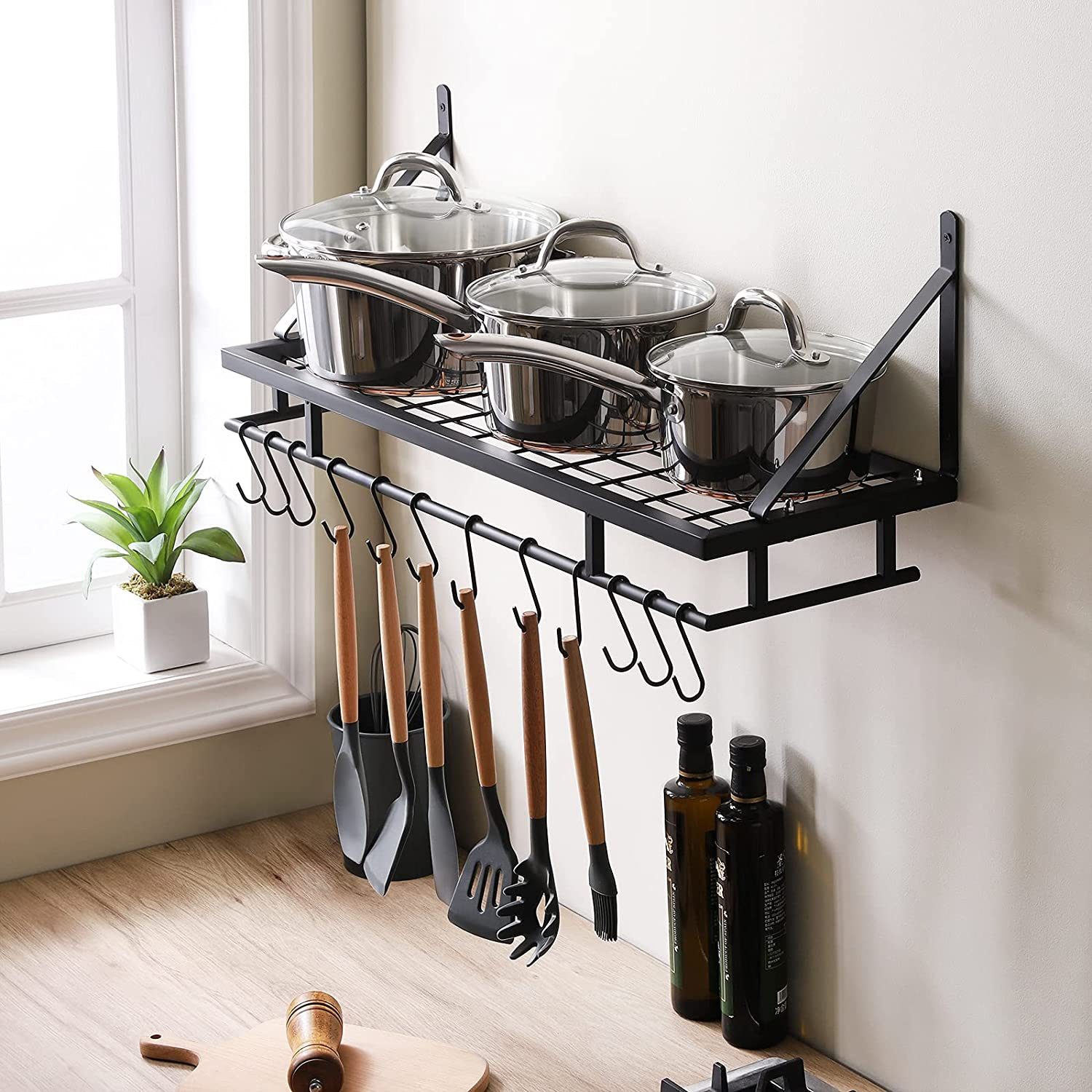

Articles
How To Store Pots And Pans In Small Kitchen
Modified: September 1, 2024
Looking for articles on how to store pots and pans in a small kitchen? Discover smart storage solutions and maximize your space with these helpful tips.
(Many of the links in this article redirect to a specific reviewed product. Your purchase of these products through affiliate links helps to generate commission for Storables.com, at no extra cost. Learn more)
Introduction
Having a small kitchen can often lead to storage challenges, especially when it comes to organizing and storing pots and pans. These essential cooking tools can take up a significant amount of space, making it difficult to keep your kitchen tidy and efficient.
However, with some strategic planning and creative solutions, it is possible to effectively store your pots and pans even in a small kitchen. By utilizing wall space, maximizing cabinet space, and using innovative storage solutions, you can free up valuable counter and cabinet space while keeping your cookware easily accessible.
In this article, we will explore various practical and efficient ways to store pots and pans in a small kitchen. Whether you live in a compact apartment or have limited cabinet space, these tips and tricks will help you optimize your kitchen storage while maintaining a functional and organized cooking space.
Key Takeaways:
- Maximize wall space by installing pot racks, pegboards, or magnetic strips to free up cabinet space and keep pots and pans easily accessible in a small kitchen.
- Utilize hard-to-reach areas for storing infrequently used cookware, and consider stackable cookware to save space and maintain an organized kitchen.
Utilize Wall Space
When it comes to storing pots and pans in a small kitchen, utilizing wall space can be a game-changer. By installing some simple storage solutions on the walls, you can free up valuable cabinet and countertop space while keeping your cookware within easy reach.
One effective way to maximize wall space is by installing a pot rack. A pot rack is a wall-mounted or ceiling-mounted structure that provides a designated space for hanging your pots and pans. There are various types of pot racks available, from simple hooks to more elaborate designs. Choose one that suits your kitchen’s aesthetics and the amount of cookware you need to store.
If you prefer a more streamlined look, consider installing a pegboard on your kitchen wall. A pegboard allows you to customize the storage space by attaching hooks, shelves, and other accessories. Hang your pots and pans on the hooks, and you can also use the shelves to store lids, utensils, and other kitchen essentials.
Another clever option for utilizing wall space is to install a magnetic strip. A magnetic strip mounted on the wall allows you to hang your metal pots and pans, keeping them organized and easily accessible. This is a particularly handy solution for displaying your favorite cookware and adding a decorative element to your kitchen.
When hanging your pots and pans on the wall, make sure to arrange them in a visually appealing and practical manner. Group similar items together to create a cohesive look and place frequently used items at eye level for easy access. You can also hang your cooking utensils alongside your pots and pans to further streamline your kitchen organization.
Utilizing wall space not only frees up valuable storage areas but also adds a unique and functional decorative element to your kitchen. It allows you to showcase your cookware and adds a touch of personal style to the space.
Install a Hanging Rack
If you’re struggling to find space for your pots and pans in your small kitchen, consider installing a hanging rack. A hanging rack is a practical and efficient storage solution that utilizes the vertical space in your kitchen.
There are various types of hanging racks available, including wall-mounted racks, ceiling-mounted racks, and even standalone racks. Choose the one that best suits your kitchen layout and personal preferences.
When installing a hanging rack, ensure that it is securely mounted to provide reliable support for your cookware. If you’re unsure about the installation process, it’s best to consult a professional or follow the manufacturer’s instructions carefully.
Once you have the hanging rack securely in place, you can start organizing your pots and pans. Hang them from the hooks provided, making sure to distribute the weight evenly to prevent the rack from becoming unbalanced.
Additionally, you can use the hanging rack to store other kitchen utensils, such as ladles, spatulas, and tongs. This maximizes the use of space and keeps your cooking tools within easy reach.
Not only does a hanging rack free up valuable cabinet and drawer space, but it also adds a stylish and decorative element to your kitchen. Choose a rack with a design that complements your kitchen’s aesthetic and adds a touch of personality to the space.
Remember to regularly clean and maintain your hanging rack to keep it in optimal condition. Wipe down the hooks and frame, and ensure that the cookware is properly hung to prevent any accidents.
Installing a hanging rack is an effective way to store pots and pans in a small kitchen. It not only maximizes the use of vertical space but also adds a functional and stylish element to your culinary space.
Use Magnetic Strips
When you’re dealing with a small kitchen and limited storage options, utilizing every available space becomes essential. One clever solution for storing pots and pans is to use magnetic strips.
A magnetic strip is a thin metal strip with a strong magnetic field. It is typically mounted on the wall or inside a cabinet, allowing you to securely hang your metal cookware.
To install a magnetic strip, select a suitable location in your kitchen. It can be mounted on a wall, the inside of a cabinet door, or even the side of a fridge or other metal surface.
Ensure that the surface is clean and dry before attaching the magnetic strip. Use the provided adhesive or screws (depending on the type of strip) to secure it in place. Follow the manufacturer’s instructions for proper installation.
Once the magnetic strip is installed, you can start hanging your pots, pans, and even cooking utensils. The strong magnetic field will hold them securely in place, making them easily accessible while freeing up cabinet space.
One of the advantages of using magnetic strips is that they allow you to display your cookware, adding a decorative element to your kitchen. You can arrange your pots and pans in an organized and visually appealing way, creating a functional and aesthetically pleasing storage solution.
Keep in mind that magnetic strips are best suited for metal cookware. If you have non-metallic pots and pans, consider using adhesive magnetic discs or hooks to create a magnetic surface on the bottom of your cookware.
Regularly check the strength of the magnetic strip and ensure that the cookware is securely attached. Clean the surface of the strip and the bottom of your pots and pans to maintain a strong magnetic connection.
Using magnetic strips provides a practical and space-saving solution for storing pots and pans in a small kitchen. It keeps your cookware easily accessible while adding a unique and stylish element to your culinary space.
Hang Pots and Pans Inside Cabinet Doors
When it comes to making the most of the limited cabinet space in a small kitchen, utilizing the inside of the cabinet doors can be a game-changer. Hanging pots and pans inside cabinet doors not only saves valuable shelf space but also keeps your cookware easily accessible.
To hang pots and pans inside cabinet doors, you’ll need some sturdy hooks or a hanging system designed specifically for this purpose. These can be found at kitchen supply stores or online.
Start by selecting the cabinet doors where you want to hang your cookware. Typically, the doors below the sink or the corner cabinet doors are great options. Ensure that the doors are in good condition and can handle the weight of the pots and pans.
Next, measure the space available on the inside surface of the cabinet doors and mark the desired locations for the hooks or hanging system. Make sure to space them evenly and leave enough room between each hook to hang the pots and pans without them touching each other.
Once you have marked the spots, install the hooks or hanging system securely according to the manufacturer’s instructions. Ensure that they can withstand the weight of your cookware and are firmly attached to the door.
Now, you can start hanging your pots and pans. Arrange them in a way that allows you to easily access the one you need without having to rearrange everything. Place lids on the hooks or use adhesive hooks to hang them separately.
Hanging pots and pans inside cabinet doors not only frees up shelf space but also keeps them organized and reduces the risk of damage or scratches. It also allows you to utilize an often underutilized storage area and keeps your kitchen visually appealing and clutter-free.
Remember to regularly check the stability of the hooks or hanging system and make any necessary adjustments as needed. Clean the inside of the cabinet doors periodically to prevent dust and grease buildup.
By hanging pots and pans inside cabinet doors, you can maximize your cabinet storage space and keep your cookware within easy reach for convenient meal preparation.
Utilize the Space Below the Oven
When it comes to finding additional storage space in a small kitchen, it’s important to think outside the box. One often overlooked area for storing pots and pans is the space below the oven.
In many kitchens, the area below the oven is left unused or becomes a catch-all for random items. However, with some planning and creativity, you can transform this space into a practical storage solution for your cookware.
If your oven has a bottom drawer, consider using it as a designated storage space for your pots and pans. Clear out any existing items and arrange your cookware neatly inside. You can stack your pots and pans on top of each other, with lids placed on the side or on top of the stack.
If your oven doesn’t have a designated drawer, you can still utilize the space below it by adding some storage containers or baskets. Choose containers that fit the width and depth of the space and can easily slide in and out. You can use these containers to store your pots, pans, and even cooking utensils.
Additionally, if the area below the oven is open and accessible, you can install some sliding or rolling storage racks. These racks can be easily pulled out, allowing you to access your cookware without bending over or rummaging through a cluttered space.
When utilizing the space below the oven, it’s important to keep in mind that the heat generated by the oven can affect what you store there. Avoid placing heat-sensitive items or items that can be damaged by the heat. Make sure the cookware is cool and clean before placing it below the oven.
Regularly clean and organize the space below the oven to keep it clutter-free and maintain the accessibility of your cookware. This will ensure that your pots and pans are always ready for use and in good condition.
By utilizing the space below the oven, you can make the most of every inch of storage in your small kitchen. This often-overlooked area offers a convenient and accessible solution for storing your pots and pans while keeping your kitchen organized and efficient.
Consider using a hanging pot rack to free up cabinet space and keep pots and pans easily accessible. Another option is to stack pots and pans neatly in a deep drawer or on a shelf with adjustable dividers.
Opt for Stackable Cookware
In a small kitchen where space is at a premium, the choice of cookware can make a significant difference in your storage options. One practical solution is to opt for stackable cookware, which allows you to maximize your cabinet space and keep your pots and pans organized.
Stackable cookware is designed with lids that can double as a base for the next smaller pot or pan. This nesting feature allows you to stack multiple pieces of cookware on top of each other, saving valuable vertical space.
When selecting stackable cookware, look for sets that include different sizes of pots and pans that can nest comfortably together. Make sure the lids are compatible with the cookware, allowing for stable stacking without the risk of the pieces toppling over.
By choosing stackable cookware, you can reduce the clutter in your cabinets and easily access the specific pot or pan you need without having to move other items. This eliminates the frustration of digging through a jumble of cookware and simplifies your cooking process.
It’s also important to consider the material of the cookware when opting for stackable sets. Lightweight and durable materials like stainless steel or hard-anodized aluminum are ideal for stackable cookware, as they won’t add excessive weight to the stack.
Before stacking your cookware, ensure that each piece is clean and dry to prevent any moisture or food residue from causing damage or rust. If your stackable cookware has non-stick coating, use caution to prevent scratching or damaging the surface when nesting them together.
Being mindful of how you stack the cookware is crucial for both safety and convenience. Start with the largest piece at the bottom, and then stack smaller pieces on top. Place the lids on the top or utilize a lid organizer to keep them easily accessible.
By opting for stackable cookware, you can create a streamlined storage system that maximizes your cabinet space while keeping your pots and pans organized and readily available.
Utilize the Space Above Cabinets
When it comes to storage in a small kitchen, utilizing every inch of available space is crucial. One area that often goes unnoticed is the space above the cabinets. By making use of this often overlooked space, you can create additional storage for your pots and pans.
One option for utilizing the space above cabinets is to add decorative shelves. These shelves can be used to store your less frequently used pots and pans, allowing you to free up valuable cabinet space for items you use more frequently.
When installing shelves above cabinets, make sure they are securely attached to prevent any accidents. Arrange your pots and pans in an organized manner, either stacking them or arranging them side by side. You can also add some decorative accents, such as plants or artwork, to enhance the visual appeal of the space.
Another option for utilizing the space above cabinets is to install hanging rods. The rods can be used to hang your pots and pans, creating a functional and decorative display. This not only frees up cabinet space but also adds a unique and eye-catching element to your kitchen.
If you prefer a more streamlined look, you can opt for large, decorative baskets placed on top of the cabinets. These baskets can hold your pots and pans and give a cohesive and organized appearance to the space.
When storing pots and pans above cabinets, it’s important to ensure that they are clean and dry before placing them there. Dust and debris can accumulate in this space, so it’s also important to clean the area regularly to maintain a hygienic kitchen environment.
Utilizing the space above cabinets not only provides valuable storage options but also adds a decorative element to your kitchen. It allows you to showcase your cookware and add a touch of personality and style to the overall design of your culinary space.
Remember that accessibility may be an issue when storing items above cabinets. Consider your own height and reach, as well as the weight of the pots and pans, before deciding on this storage solution.
By utilizing the space above cabinets, you can make the most of the available storage in your small kitchen and create an organized and visually appealing space for your pots and pans.
Install a Pegboard
When it comes to organizing and storing pots and pans in a small kitchen, installing a pegboard can be a highly effective and versatile solution. A pegboard is a perforated board made of wood or metal that allows you to hang various tools and accessories, including your pots and pans.
Installing a pegboard is relatively simple and can be done using basic tools. Choose a suitable location in your kitchen, such as a blank wall or the inside of a cabinet door. Measure the space to determine the size of the pegboard you’ll need.
Once you have your pegboard, you can customize it by adding hooks, shelves, and other hanging accessories. These accessories can be easily attached to the pegboard and adjusted according to your needs.
To hang your pots and pans on the pegboard, use sturdy hooks that can support the weight of your cookware. Arrange them in a way that maximizes space efficiency and allows easy access to each piece.
You can also use the pegboard to hang other kitchen utensils and tools, such as ladles, spatulas, and measuring cups. This further maximizes the use of the space and keeps all your essential cooking items within reach.
The great advantage of using a pegboard is its flexibility. You can rearrange the hooks and accessories as your storage needs change, allowing you to adapt the space to accommodate different pots and pans.
Additionally, a pegboard adds a visual element to your kitchen, creating a unique and customizable display. You can choose from various colors and designs or even paint the pegboard to match your kitchen decor.
Regularly clean and organize the pegboard to ensure it remains clutter-free and functional. Dust off the hooks and shelves and wipe down the surfaces to keep everything tidy and accessible.
Installing a pegboard in your small kitchen provides a versatile and customizable solution for storing pots and pans. It not only keeps your cookware organized and easily accessible but also adds a decorative element to your culinary space.
Read more: How To Store Pots And Pans In Drawers
Use a Rolling Cart
When it comes to finding additional storage space for your pots and pans in a small kitchen, using a rolling cart can be a practical and flexible solution. A rolling cart allows you to create a movable storage area that can be easily accessed and tucked away when not in use.
Choose a rolling cart that fits the dimensions of your kitchen and suits your style preferences. Look for one with sturdy wheels that can easily navigate around your space.
Once you have your rolling cart, you can designate it as a dedicated storage spot for your pots and pans. Arrange them neatly on the shelves or in storage containers on the cart.
The advantage of using a rolling cart is that it can be conveniently moved around the kitchen, providing easy access to your cookware when you need it. You can roll it close to your cooking area, allowing you to grab the pots and pans you need without having to search through cabinets.
If your rolling cart has additional shelves or compartments, you can also use them to store other kitchen essentials like mixing bowls, cutting boards, or small appliances.
When not in use, the rolling cart can be rolled into a corner or placed against a wall, taking up minimal space in your kitchen. This flexibility allows you to optimize your kitchen layout and easily adapt to your storage needs.
Regularly clean and organize the rolling cart to keep it clutter-free and functional. Wipe down the shelves and surfaces, and ensure that the wheels are clean and in good condition.
A rolling cart not only provides additional storage space for your pots and pans but also adds a functional and versatile element to your small kitchen. It allows you to customize your storage solution and keep your cookware easily accessible in a compact and organized manner.
Store Inaccessible Items in Hard-to-Reach Areas
In a small kitchen where space is limited, it’s important to make the most of every available area, even those hard-to-reach spots. These areas, such as the top shelves or the back of cabinets, can be utilized to store items that are not frequently used, including pots and pans that you may not need on a regular basis.
When storing pots and pans in hard-to-reach areas, it’s essential to ensure the safety and accessibility of the items. Here are a few tips to help you make the most of these spaces:
1. Group Similar Items: Arrange your pots and pans based on type or size and keep them together. This makes it easier to find what you need when the time comes.
2. Use Stackable Cookware: Consider using stackable pots and pans that can be nested inside each other to save space. This allows you to store more items in a compact area.
3. Utilize Storage Containers: Place your pots and pans in storage containers or baskets before storing them in hard-to-reach areas. This keeps them organized, prevents scratches, and makes it easier to retrieve them when needed.
4. Use Step Stools or Ladders: Keep a step stool or ladder in a convenient location so that you can safely access the hard-to-reach areas when necessary. This ensures that you can retrieve your pots and pans without any hassle.
5. Rotate Your Cookware: If you have limited space but a larger collection of pots and pans, consider rotating them seasonally or based on frequency of use. Store the items you use less often in the hard-to-reach spaces, while keeping your most frequently used items easily accessible.
6. Label and Organize: Label your storage containers or baskets to quickly identify what is inside. This way, you can easily locate specific items and avoid the need to search through all the containers.
7. Keep Safety in Mind: Ensure that overhead cabinets or shelves are securely mounted and can handle the weight of the pots and pans. Double-check that there are no items that can fall and cause accidents when you retrieve or place your cookware.
By utilizing hard-to-reach areas for storing pots and pans, you can free up valuable space in more accessible areas of your kitchen. This helps maintain a clutter-free environment while ensuring that you have the cookware you need on hand.
Remember to periodically clean and inspect the hard-to-reach areas, removing any dust or dirt that may have accumulated. This ensures that your pots and pans remain in good condition and ready for use whenever they are needed.
By implementing these storage strategies, you can optimize the use of your small kitchen space and create an efficient and organized cooking area.
Conclusion
In a small kitchen, finding effective storage solutions for pots and pans can be challenging. However, with some strategic planning and creative thinking, you can maximize your kitchen’s storage capacity while keeping your cookware easily accessible and organized.
Utilizing wall space through the installation of hanging racks, magnetic strips, or pegboards allows you to keep your pots and pans within reach while freeing up valuable cabinet space. Hanging pots and pans inside cabinet doors and utilizing the space below the oven can also maximize storage options in often-underutilized areas.
Choosing stackable cookware not only saves space but also ensures neat and organized storage. Additionally, using rolling carts or making use of the space above cabinets provides flexible storage solutions that can be easily adapted to your kitchen’s layout.
Finally, for items that are not frequently used, storing them in hard-to-reach areas can be a practical solution. Grouping similar items, utilizing stackable cookware, and using step stools or ladders when accessing these areas are effective strategies.
In conclusion, by incorporating these storage techniques, you can create an efficient and organized small kitchen that maximizes the available space while keeping your pots and pans easily accessible. Remember to regularly clean and maintain your storage solutions to ensure longevity and functionality.
With a little creativity and strategic planning, you can transform your small kitchen into a functional and organized cooking space, making meal preparation a breeze. So, make the most of your space and enjoy the benefits of a well-organized kitchen!
Frequently Asked Questions about How To Store Pots And Pans In Small Kitchen
Was this page helpful?
At Storables.com, we guarantee accurate and reliable information. Our content, validated by Expert Board Contributors, is crafted following stringent Editorial Policies. We're committed to providing you with well-researched, expert-backed insights for all your informational needs.
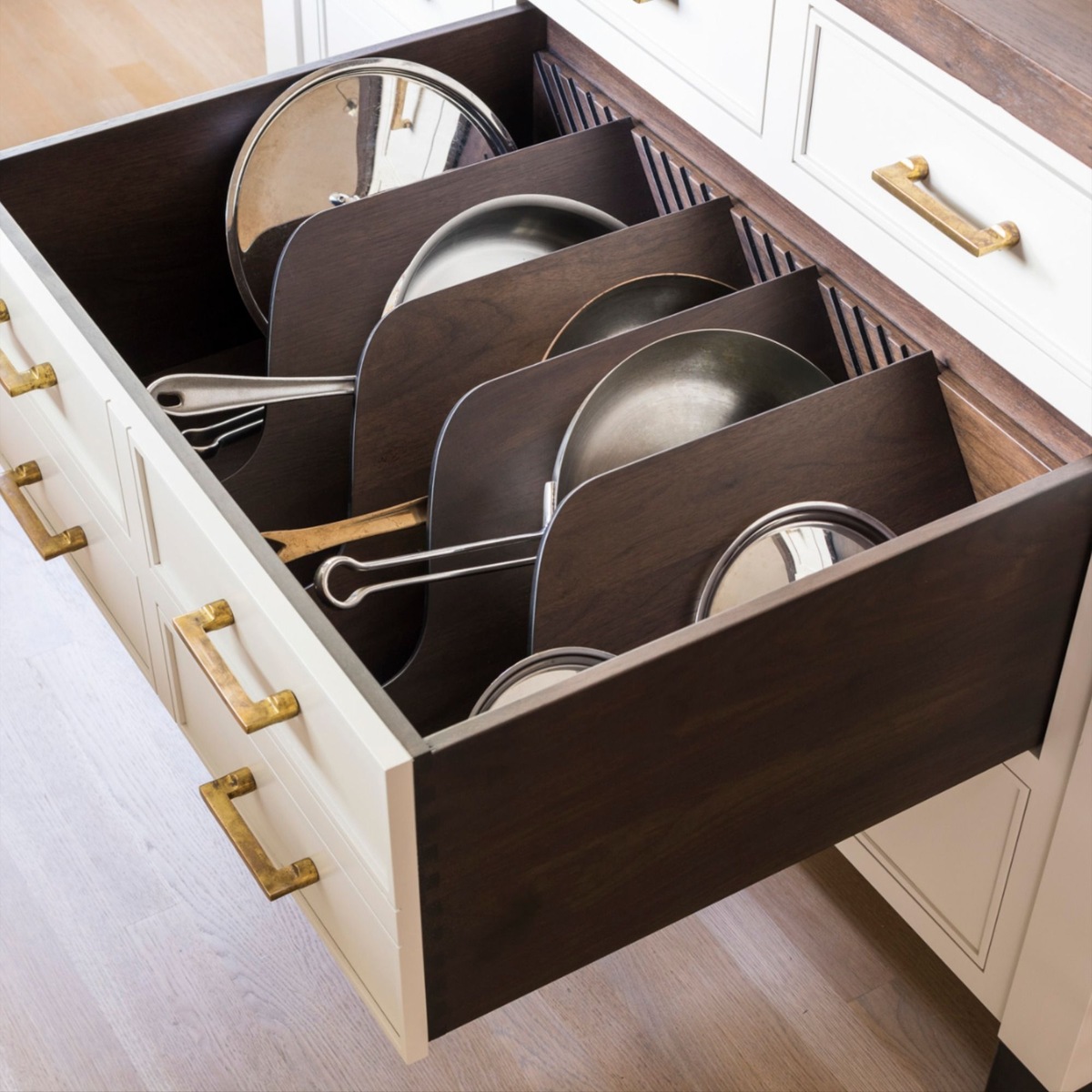
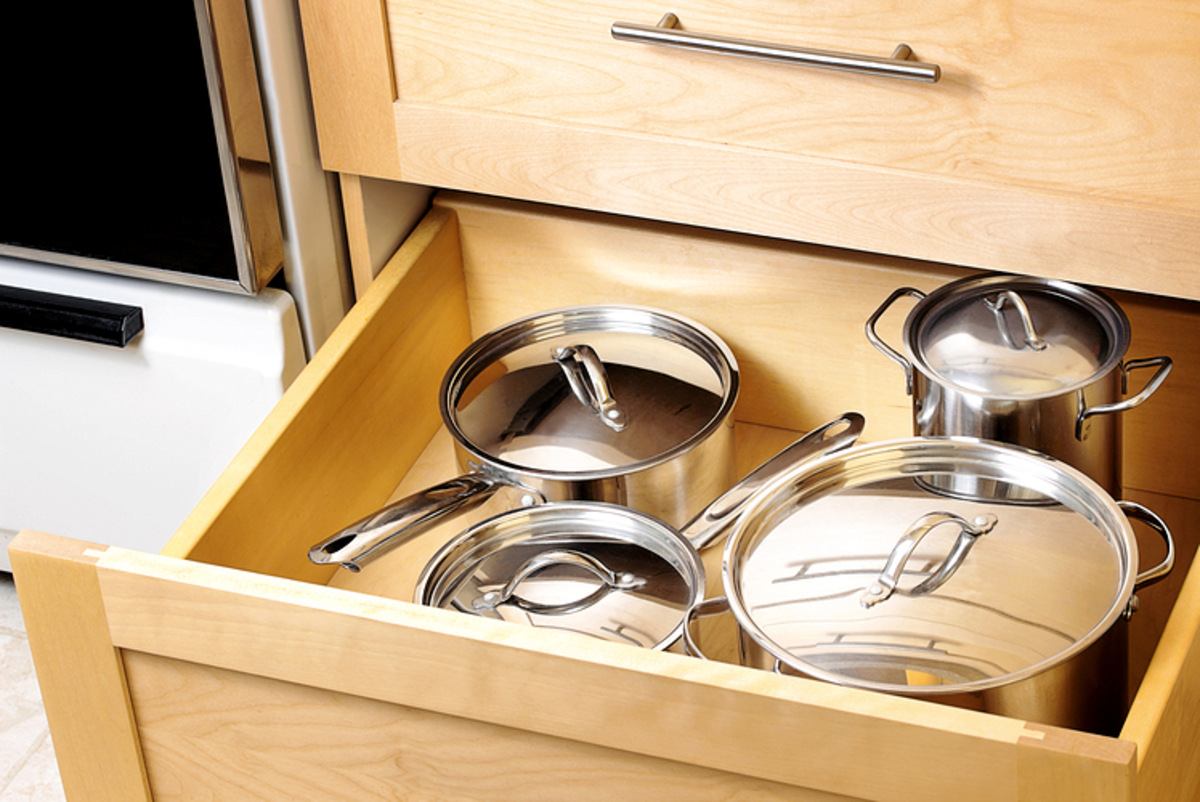
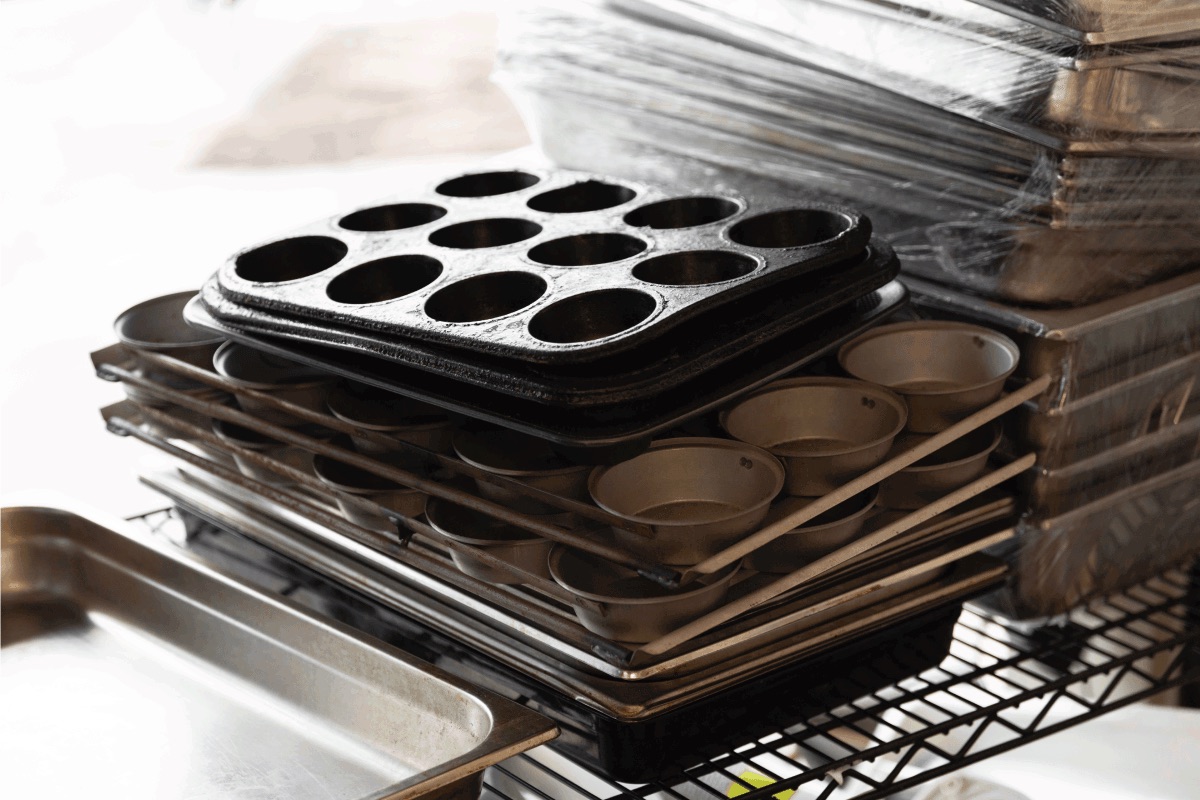
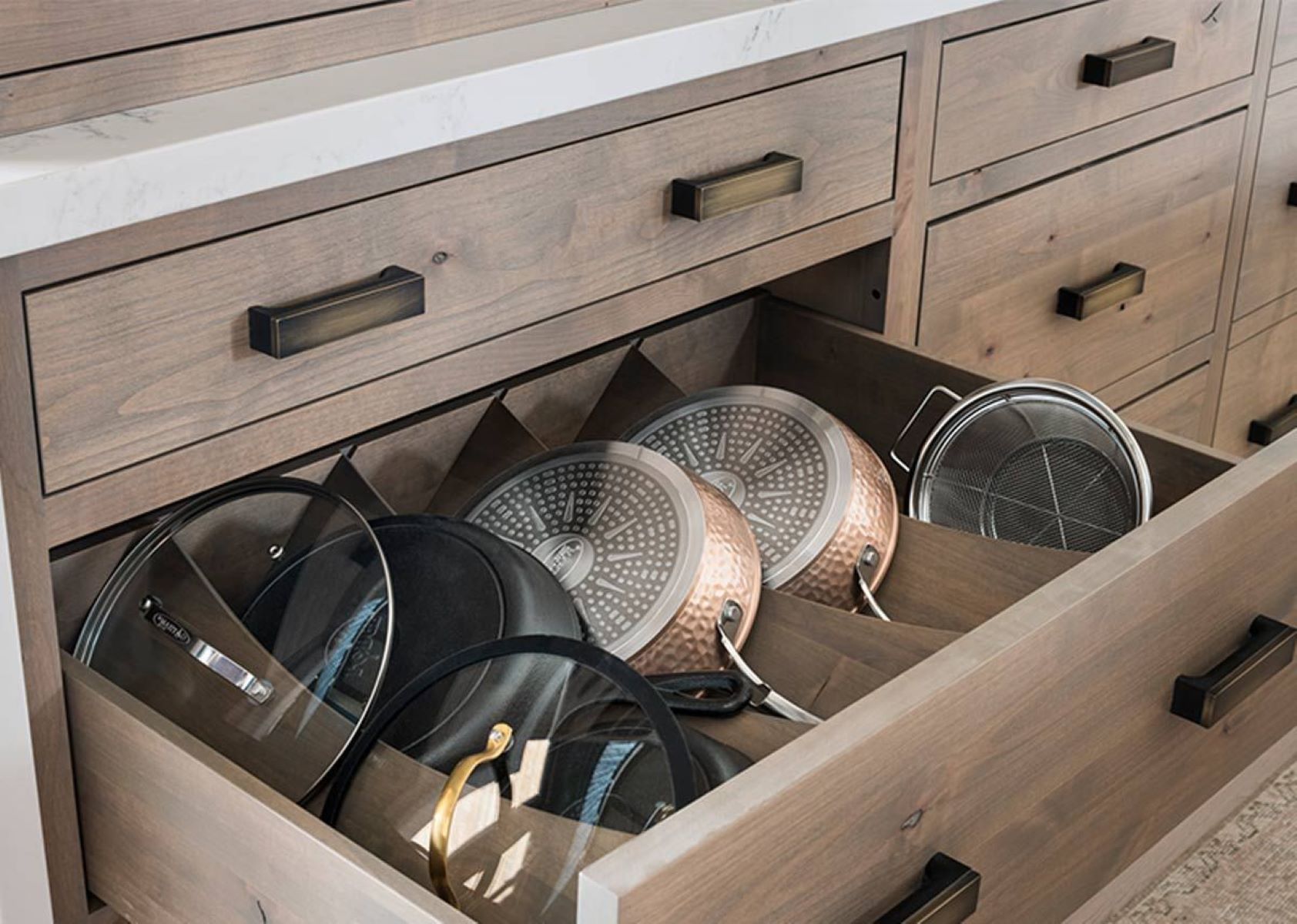
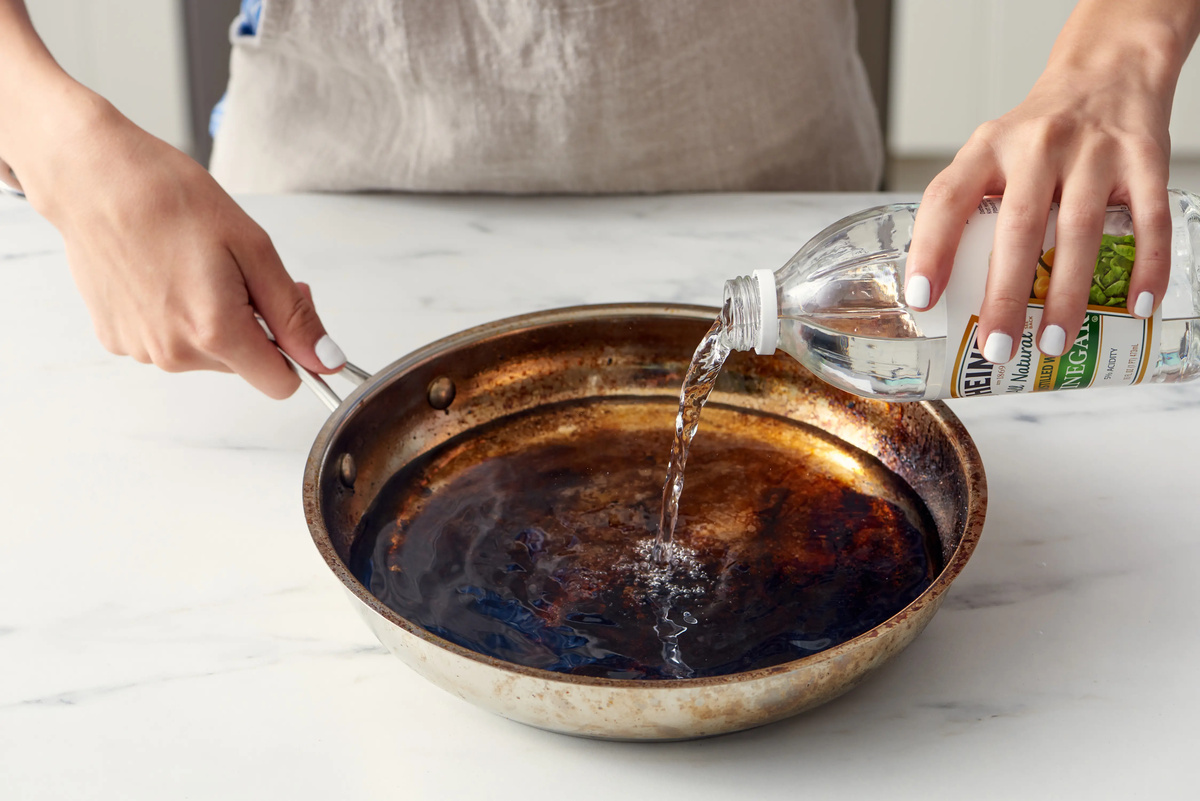
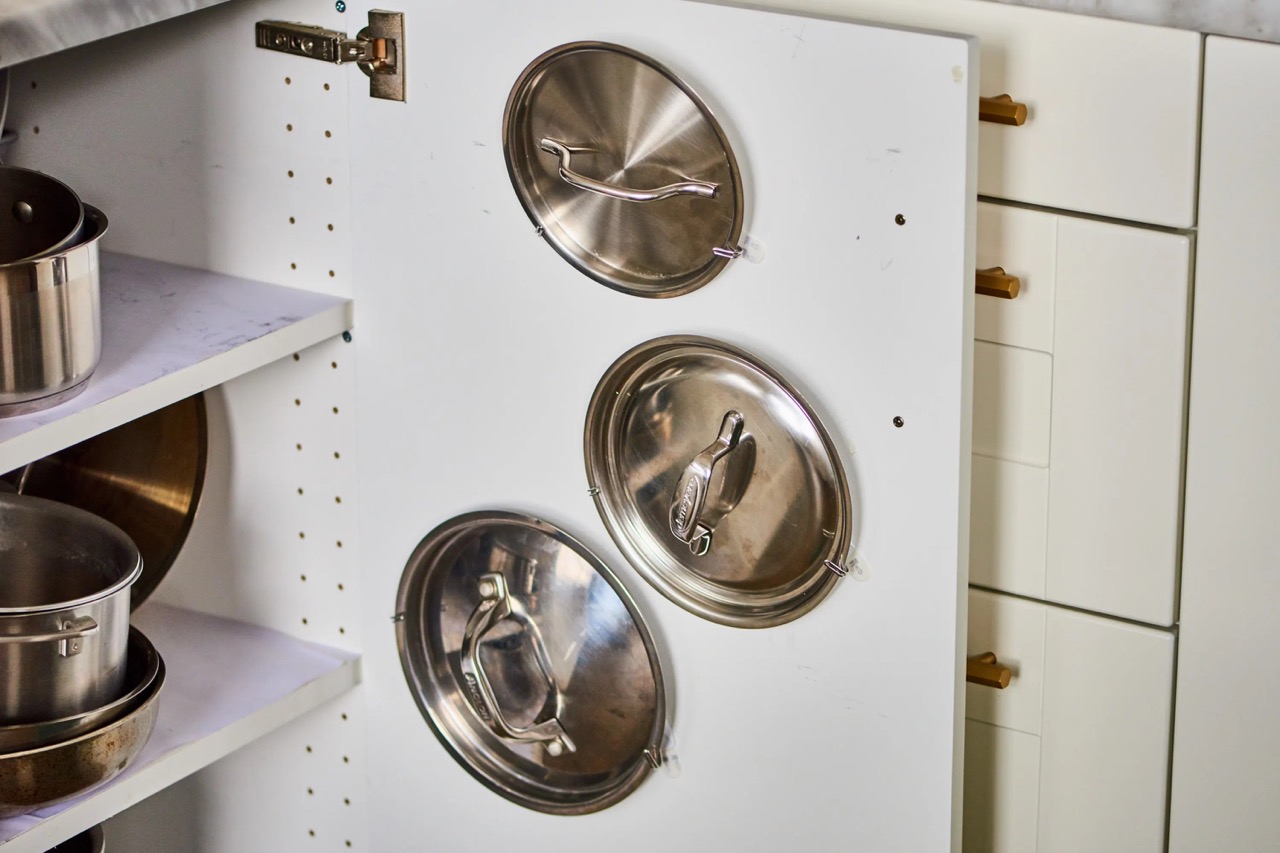
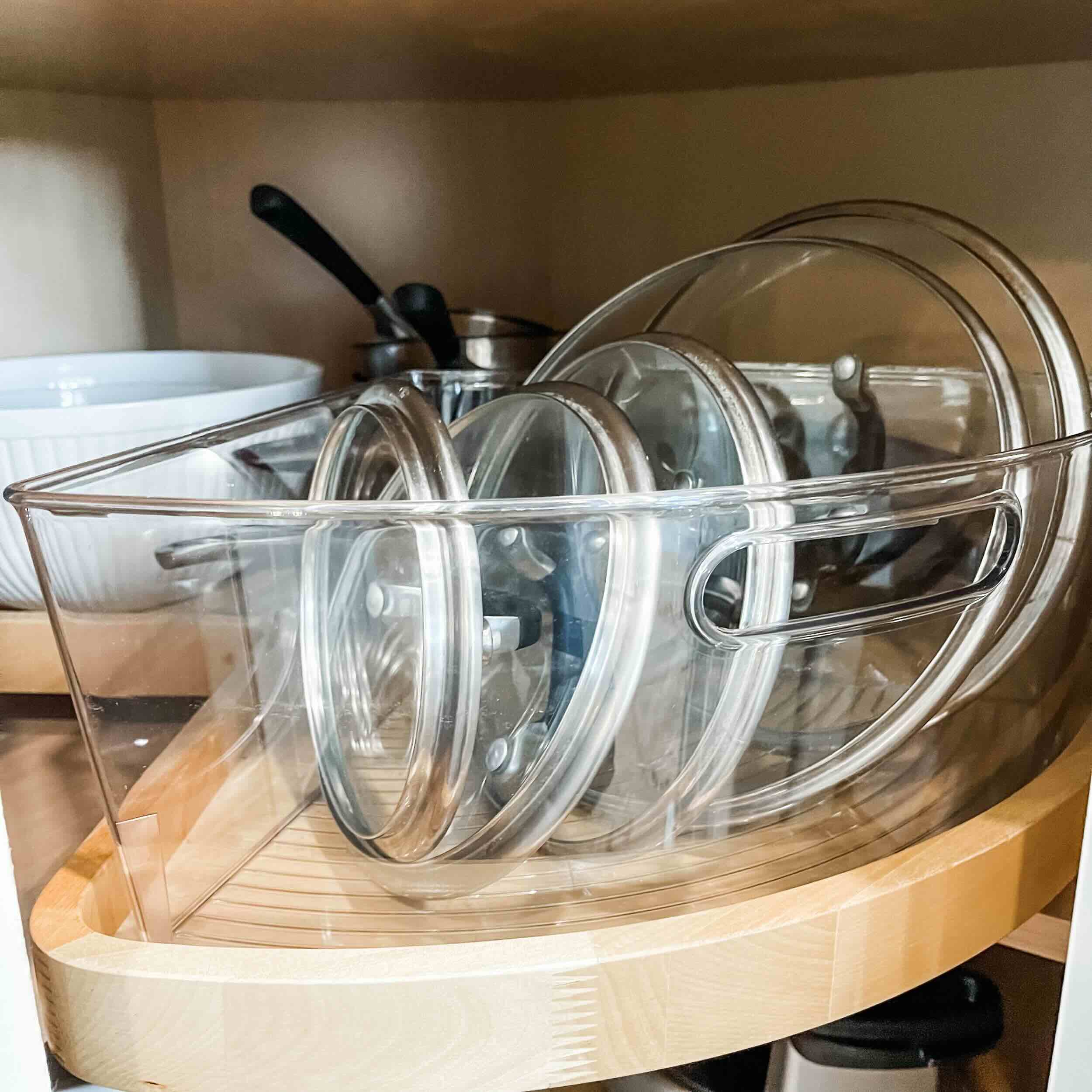
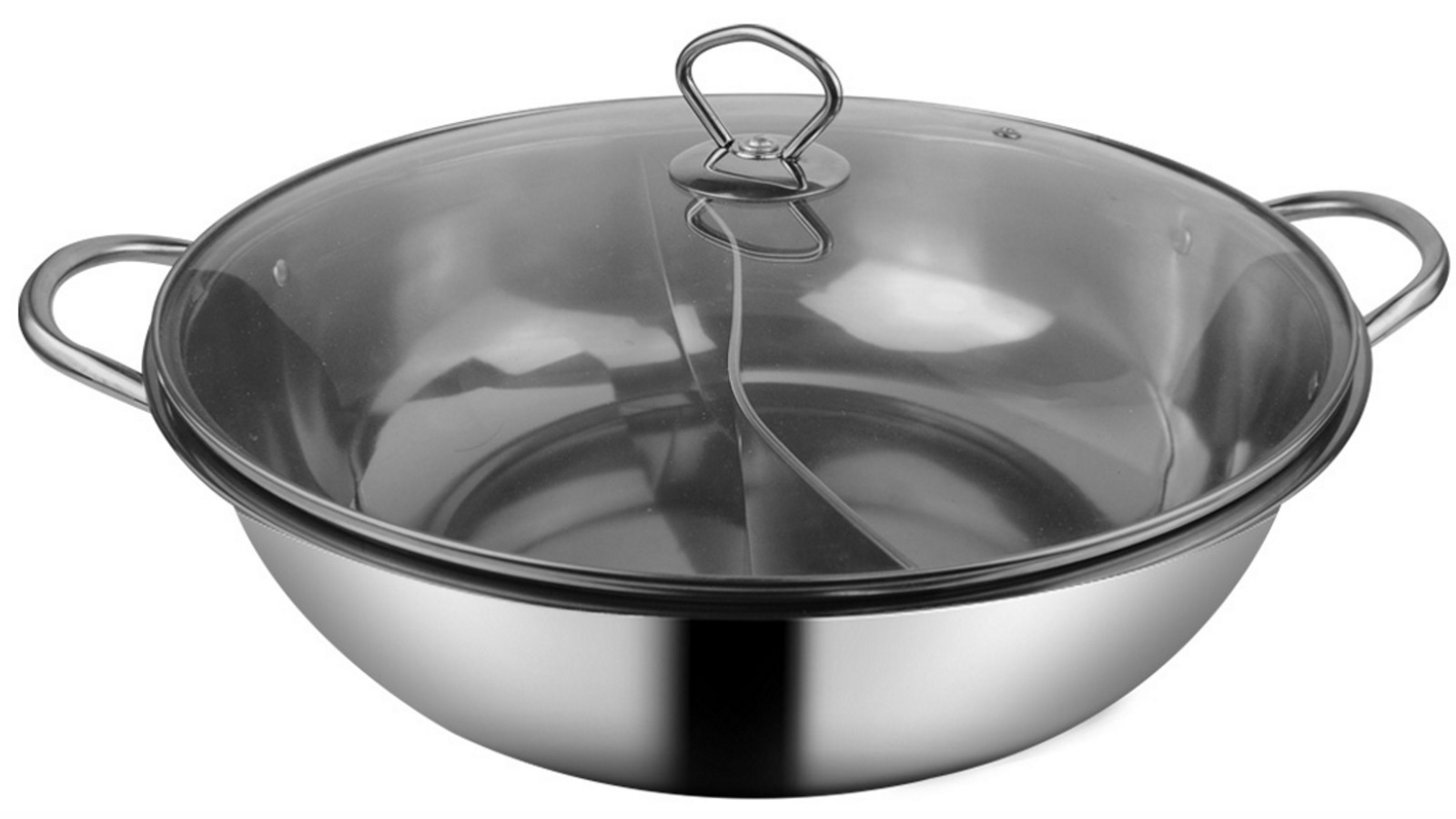
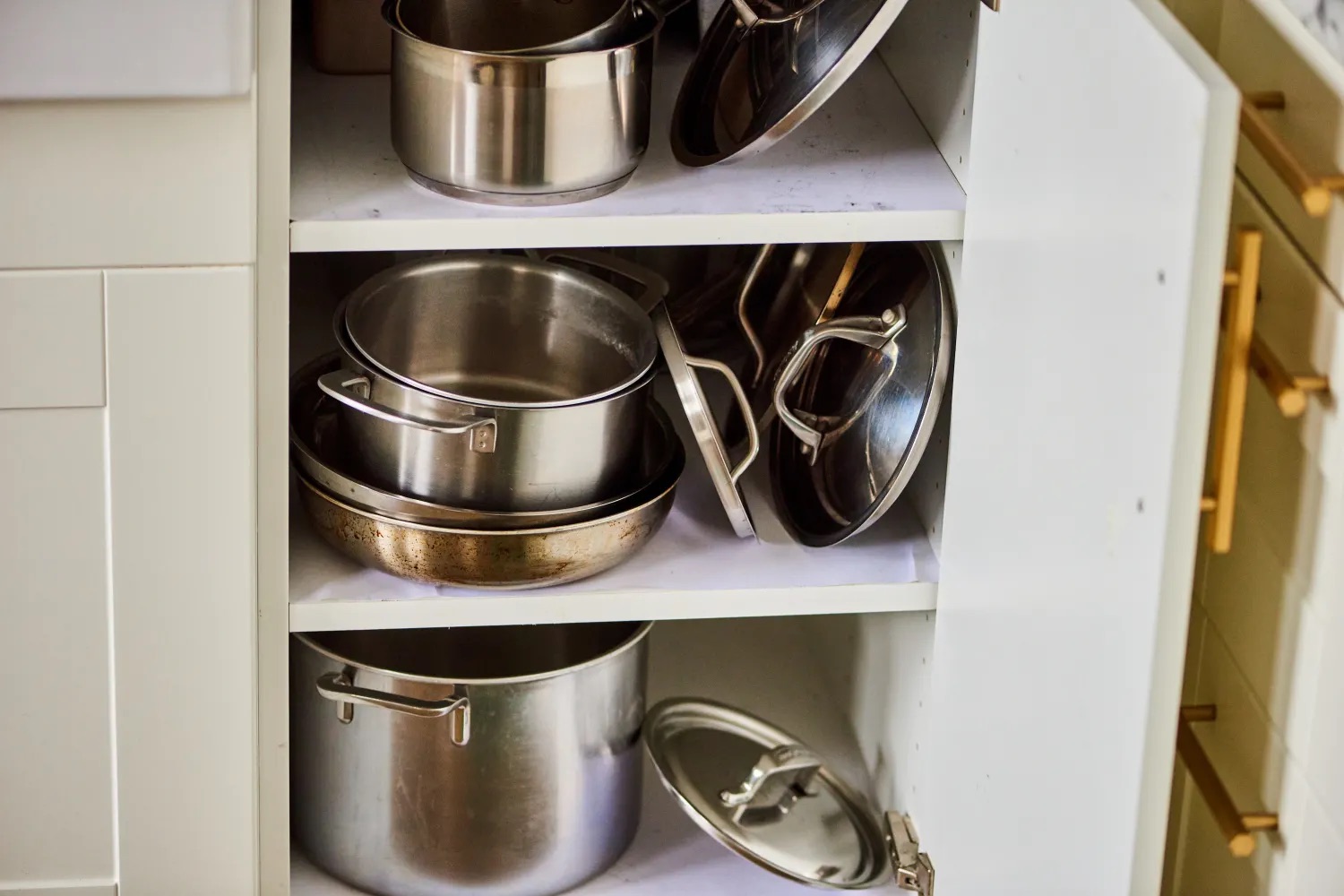
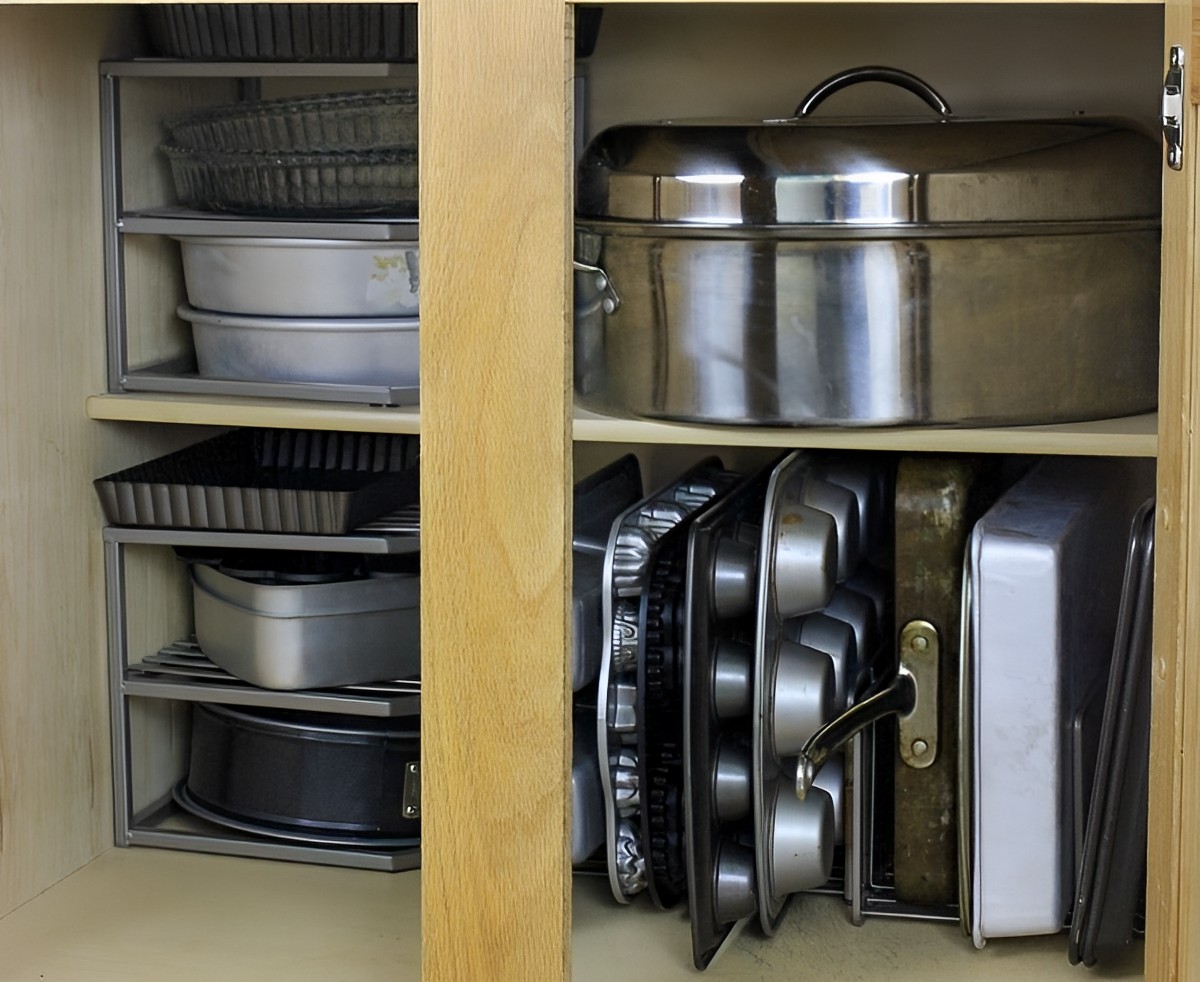
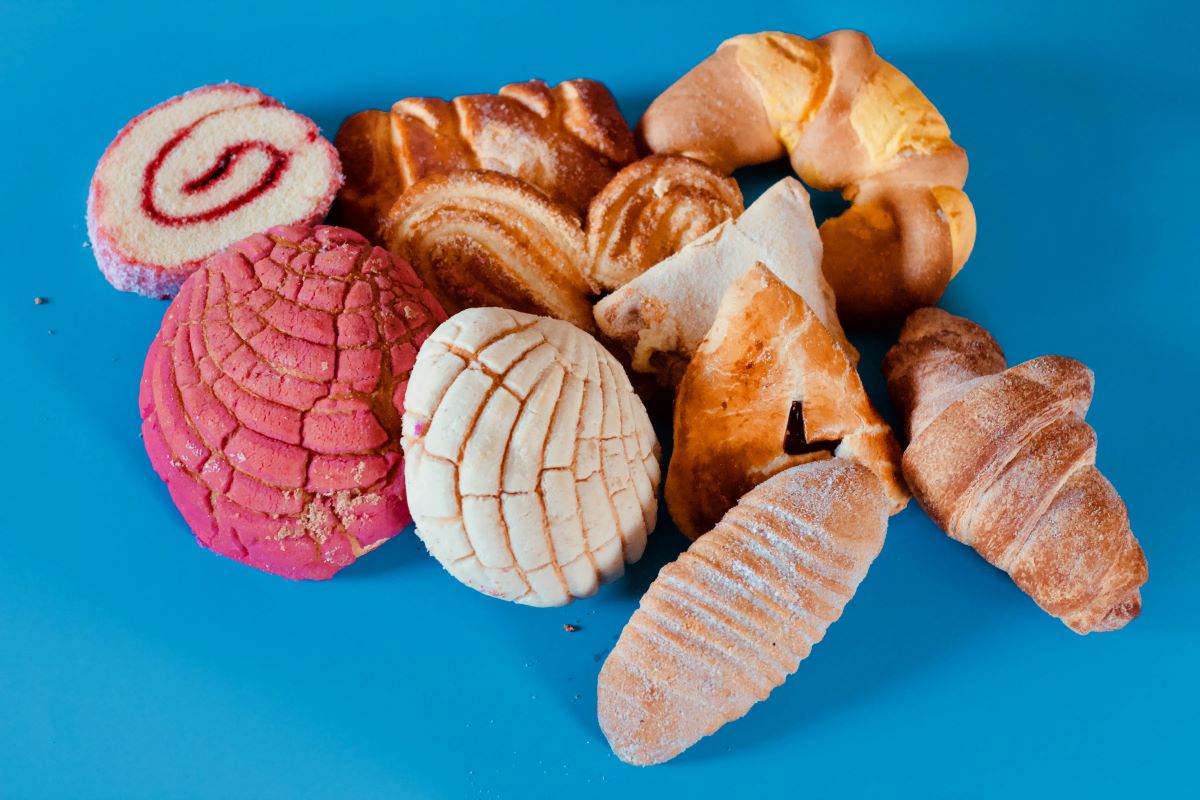
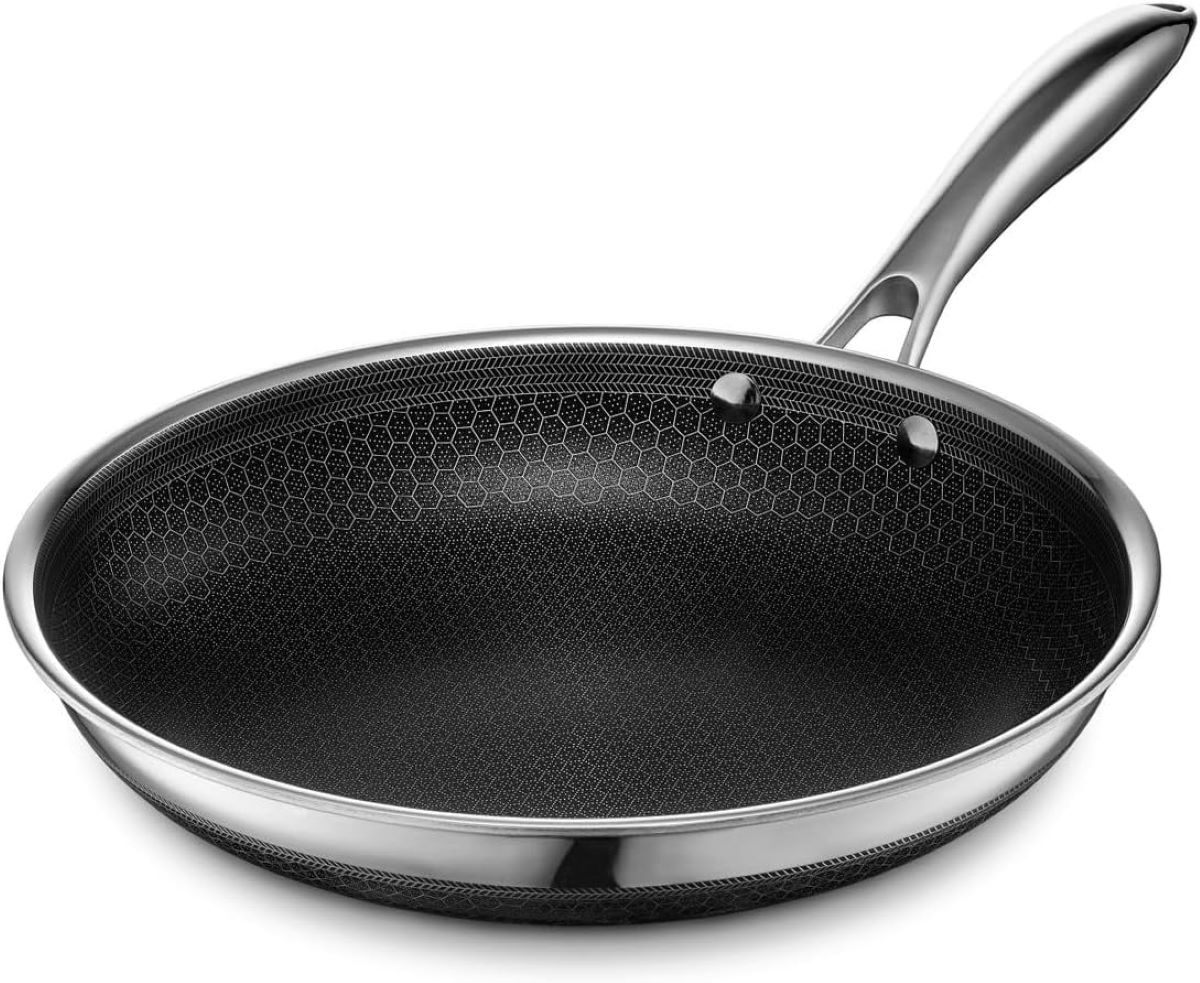
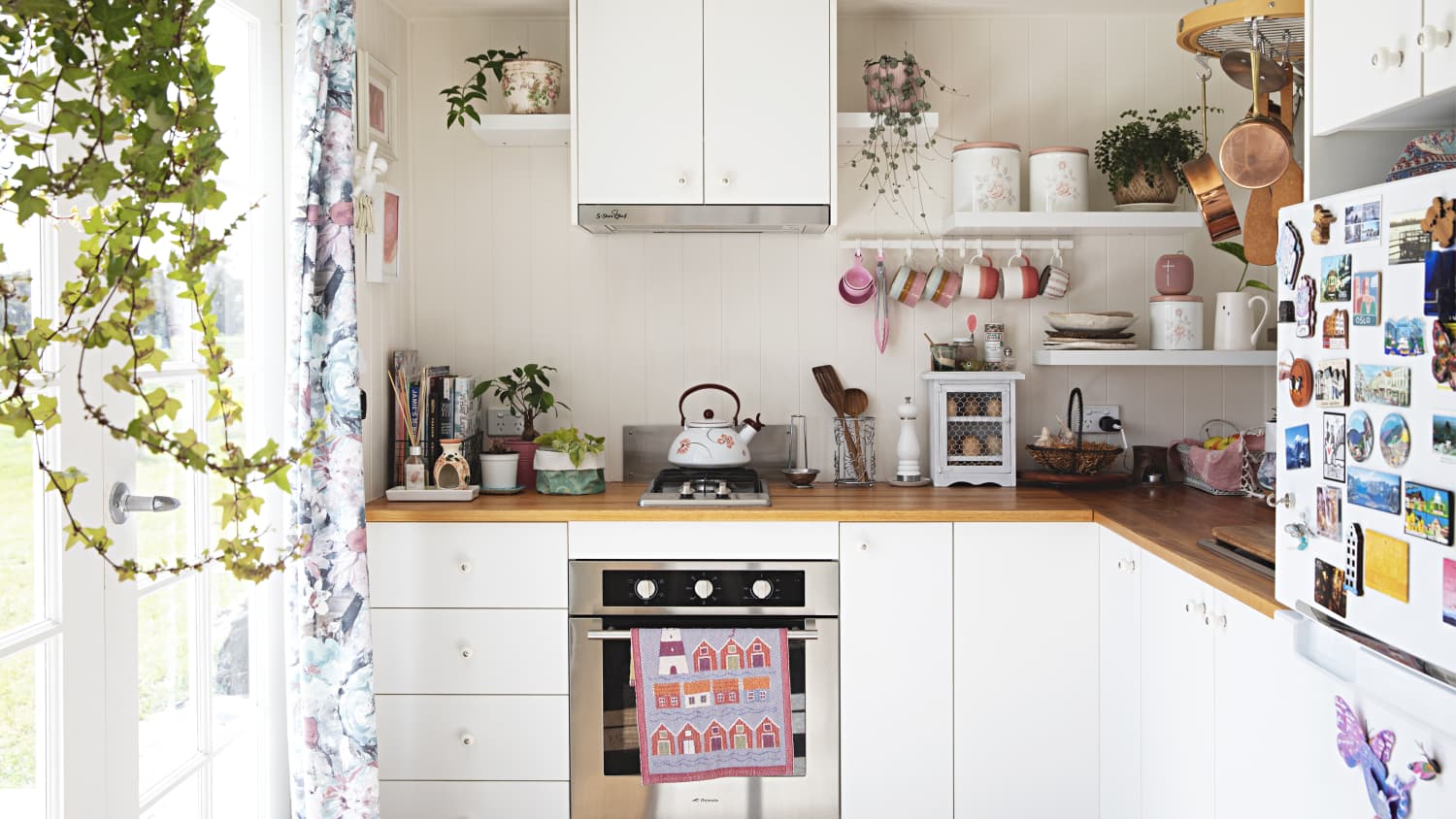

0 thoughts on “How To Store Pots And Pans In Small Kitchen”